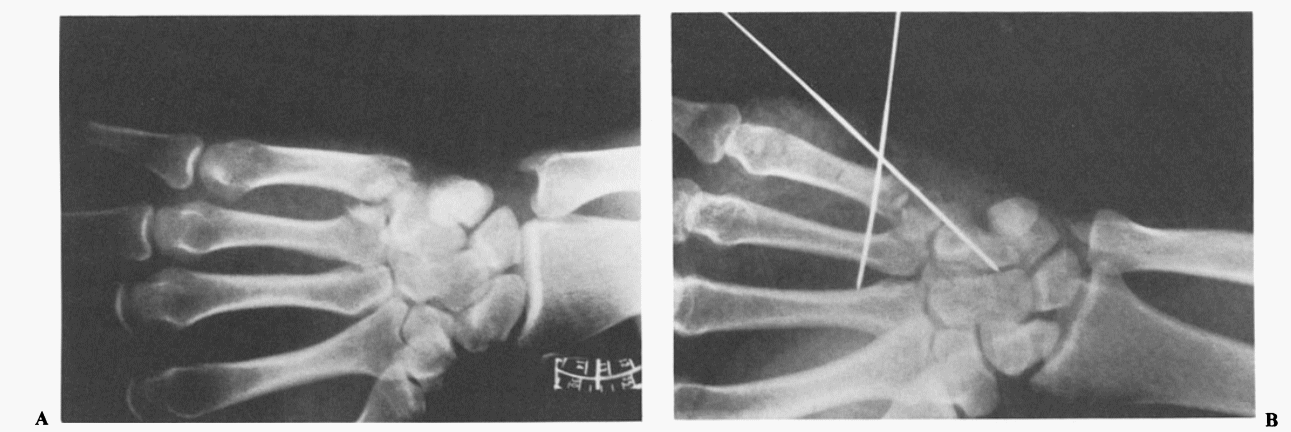Paraplegia in extension and paraplegia in flexion occur only after the spinal shock has ceased. Paraplegia in extension indicates an increase in the extensor muscle tone owing to the overactivity of gamma efferent nerve fibers to muscle spindles as the result of the release of these neurons from the higher centers. Also, extrapyramidal descending tracts (vestibulospinal and rubrospinal tracts) may escape injury in incomplete spinal cord injury leading to increased activity in extensor motor neurons.
Paraplegia in extension may convert to paraplegia in flexion if the damage to the spinal cord increases, leading to destruction of the above mentioned extrapyramidal tracts. Paraplegia in flexion may be associated with mass reflex where there is spontaneous urination, defecation and sweating on scratching the skin over the medial side of the thigh.

| Paraplegia in Extension | Paraplegia in Flexion | |
| Cause | Pyramidal lesion | Pyramidal and Extrapyramidal lesion |
| Hypertonia | More in extensor group of muscles | More in flexor group of muscles |
| Position of lower limbs | Extended (hip & knee extended, feet plantarflexed) | Flexed (hip & knee flexed, feet dorsiflexed) |
| Deep reflexes | Exaggerated | Less exaggerated |
| Clonus | Present | Absent |
| Mass reflex | Absent | May be present |
| Bladder | Precipitancy | Automatic bladder |
References:
- Clinical Neuroanatomy By Richard S. Snell
- Short Cases in Clinical Medicine By A B M Abdullah


